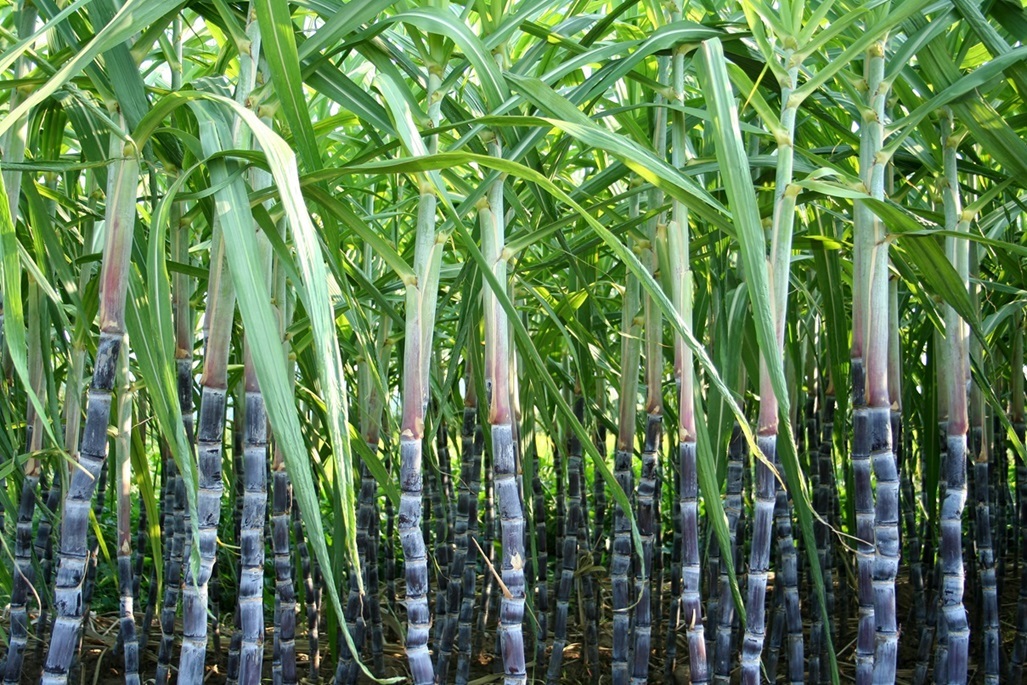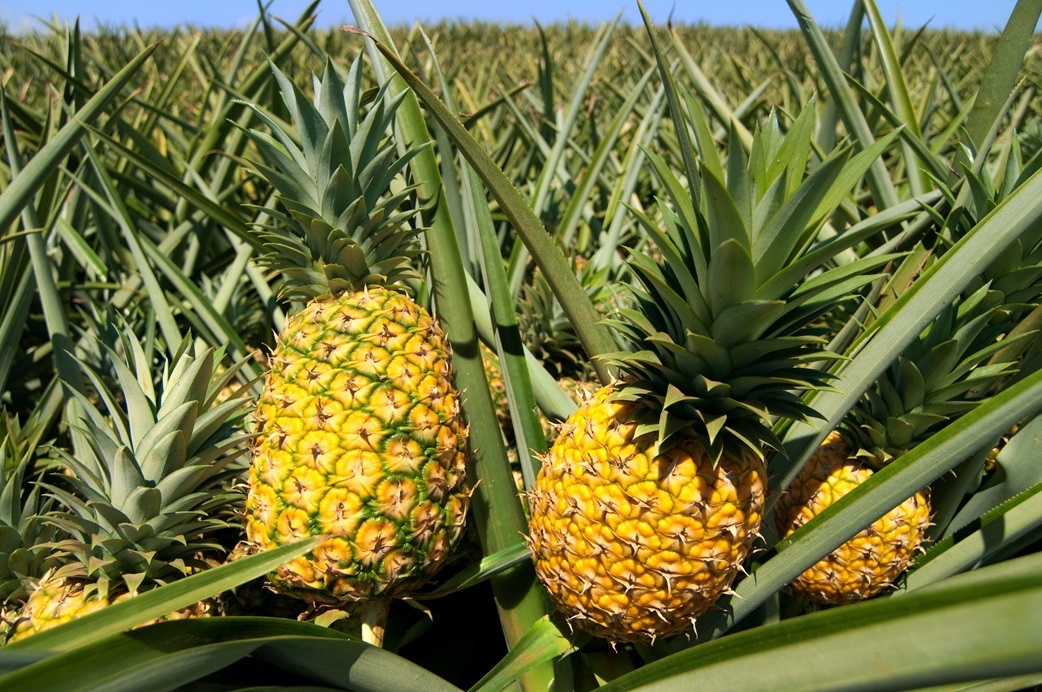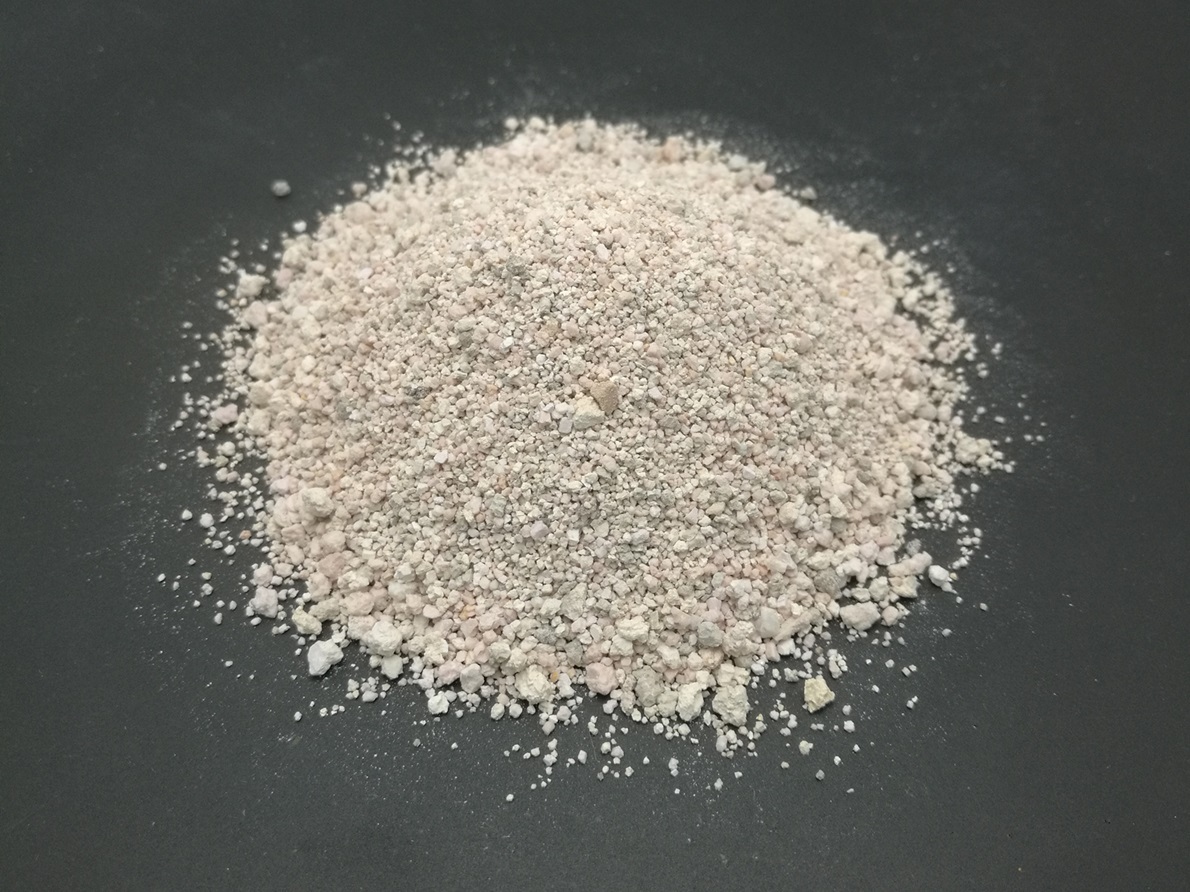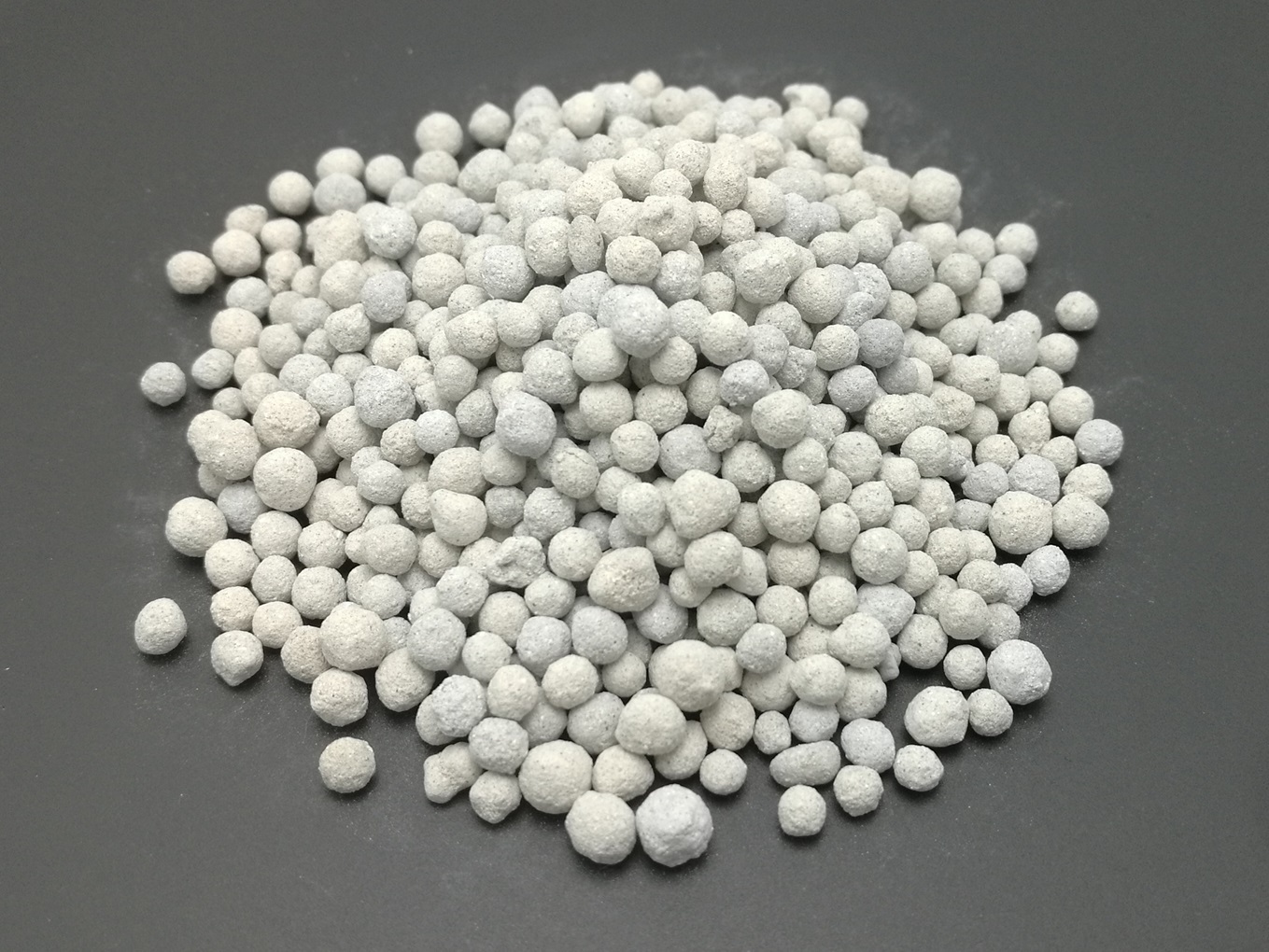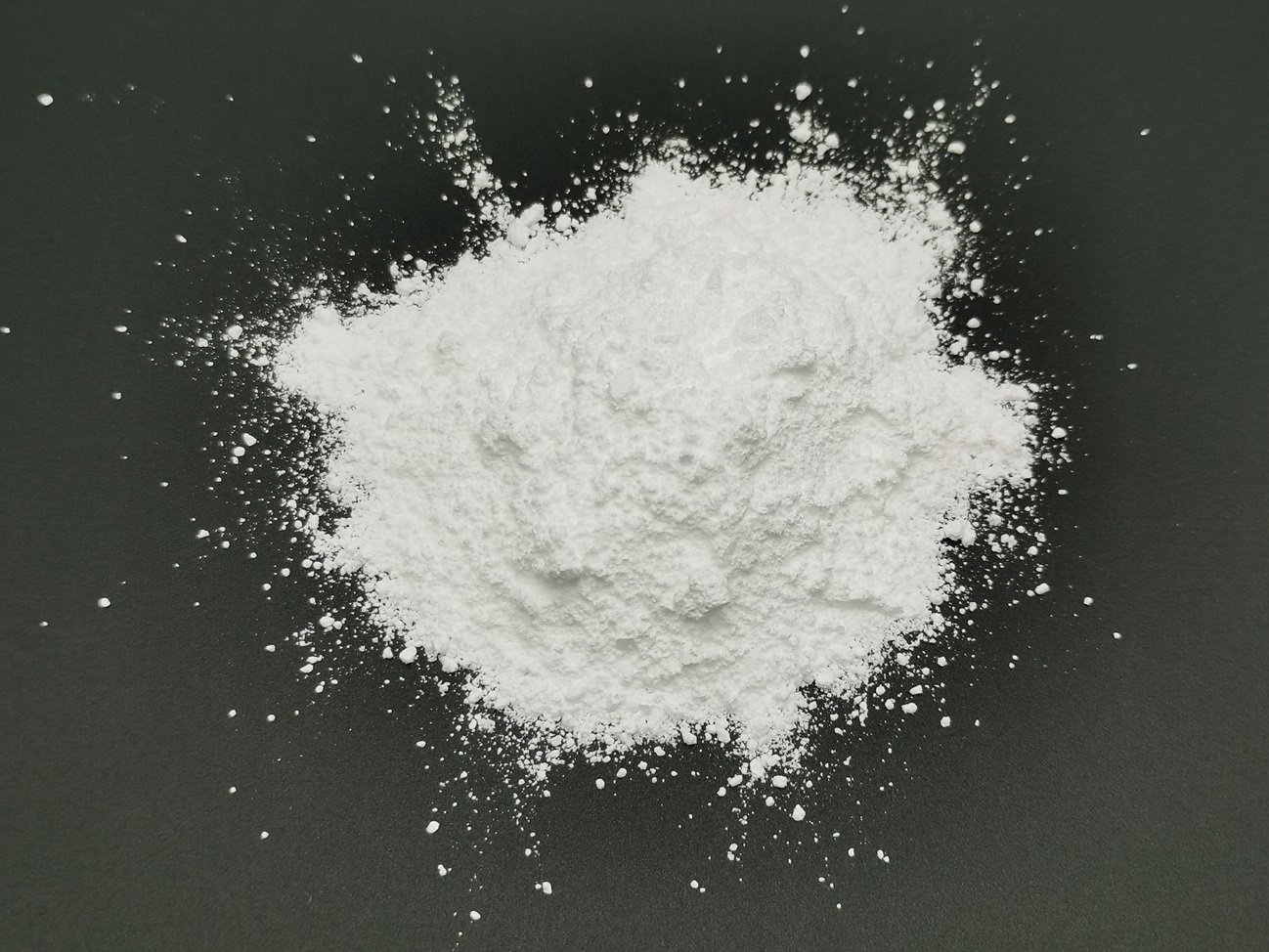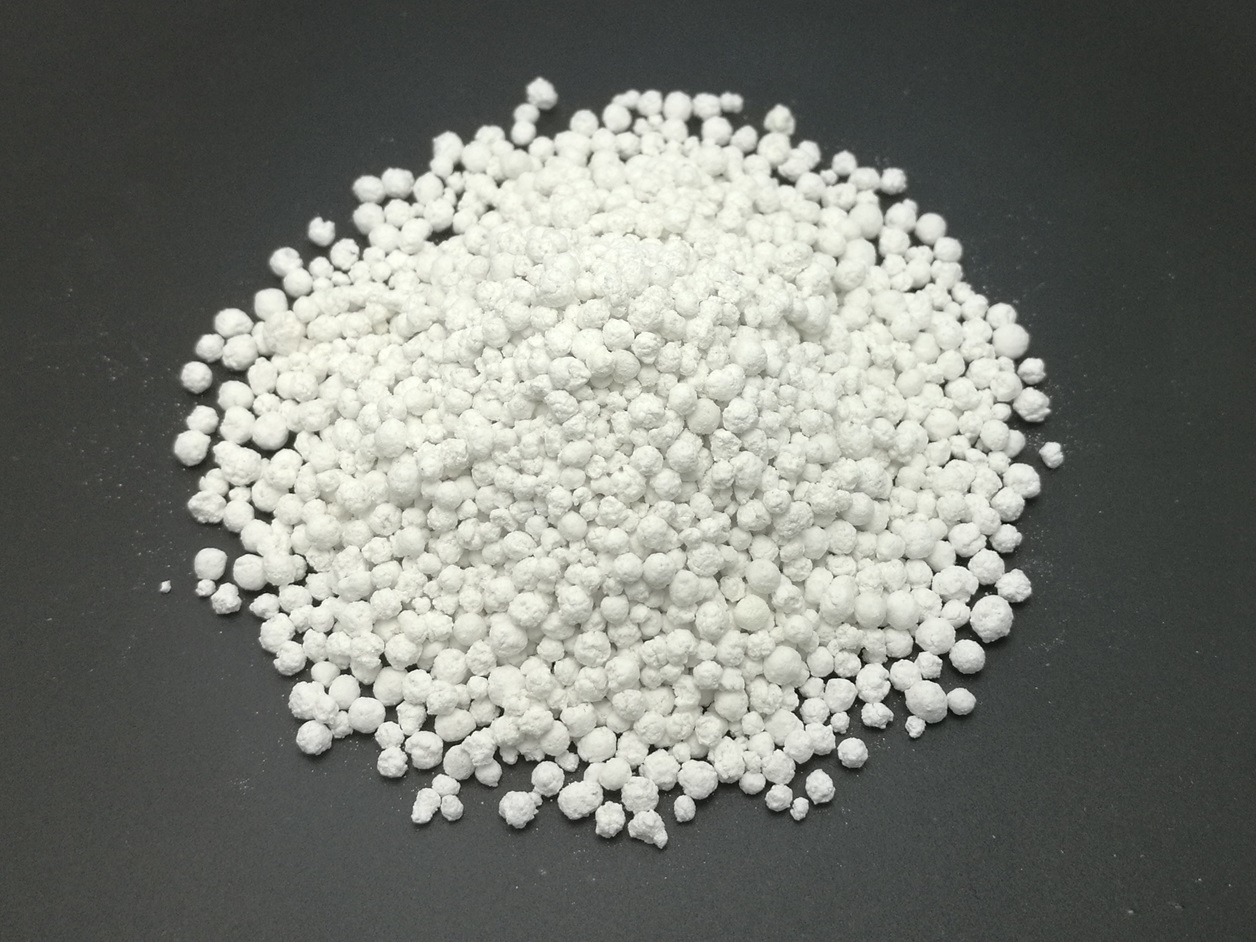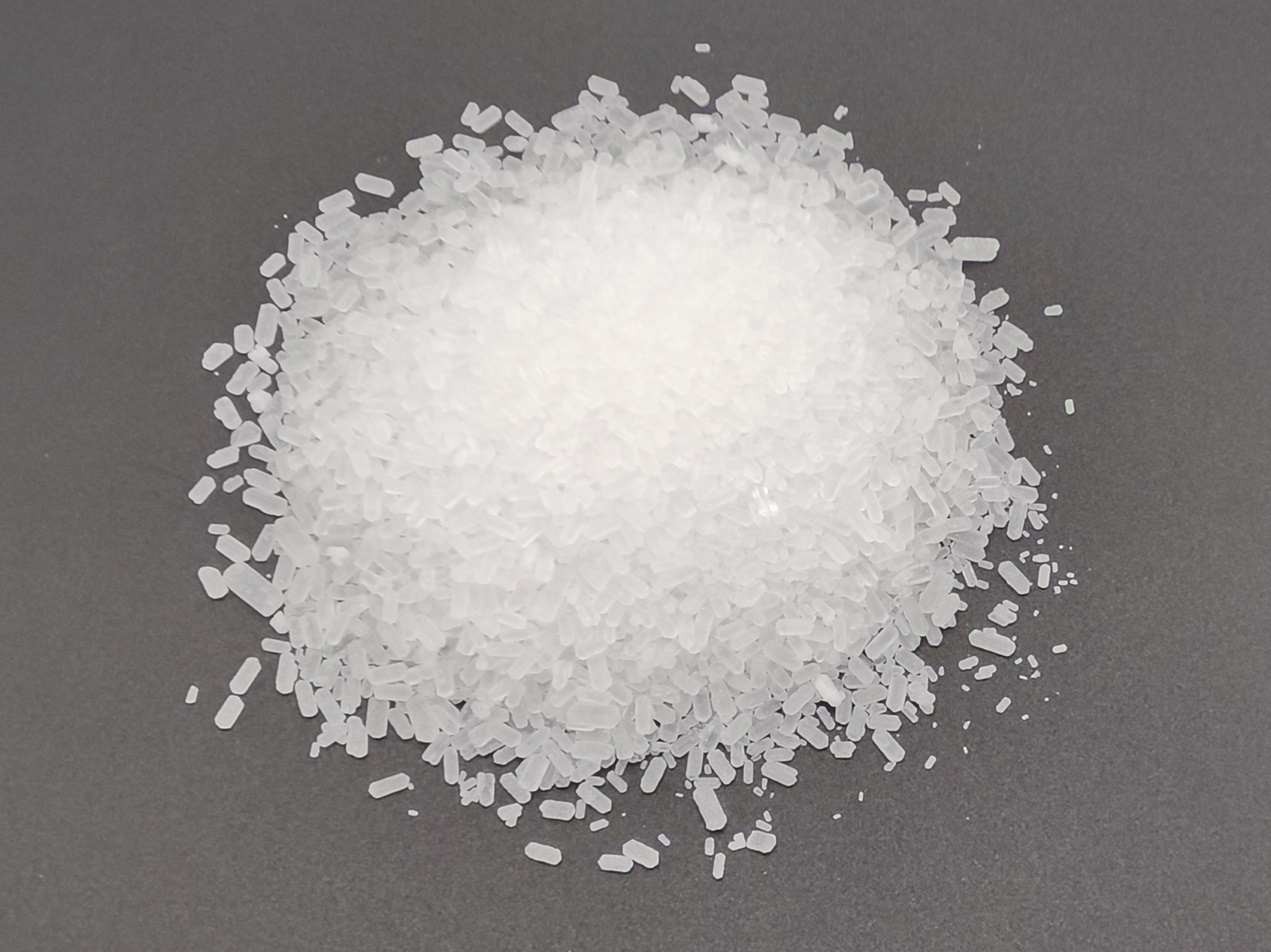Plant Nutrition
Plant Nutrition
Magnesium is a macronutrient that is necessary to both plant growth and health. It is involved in several different processes, including photosynthesis, which nearly all living organisms are dependent on.
Magnesium (Mg), along with calcium and sulfur, is one of the three secondary nutrients required by plants for normal, healthy growth. The term "secondary" refers to the quantity and not the importance of a nutrient. A lack of a secondary nutrient is just as detrimental to plant growth as a deficiency of any one of the three primary nutrients (nitrogen, phosphorus and potassium) or a deficiency of micronutrients (iron, manganese, boron, zinc, copper and molybdenum). Furthermore, in some plants, the tissue concentration of magnesium is comparable to that of phosphorus, a primary nutrient.
Many enzymes in plant cells require magnesium in order to perform properly. However, the most important role of magnesium is as the central atom in the chlorophyll molecule. Chlorophyll is the pigment that gives plants their green color and carries out the process of photosynthesis. It also aids in the activation of many plant enzymes needed for growth and contributes to protein synthesis. Magnesium is also used by plants for the metabolism of carbohydrates and in the cell membrane stabilization.
Magnesium is one of thirteen mineral nutrients that come from soil, and when dissolved in water, is absorbed through the plant's roots. Sometimes there are not enough mineral nutrients in soil and it is necessary to fertilize in order to replenish these elements and provide additional magnesium for plants.
Heavy rains can cause a deficiency to occur by leaching magnesium out of sandy or acidic soil. In addition, if soil contains high amounts of potassium, plants may absorb this instead of magnesium, leading to a deficiency. Plants that are suffering from a lack of magnesium will display identifiable characteristics. Magnesium deficiency appears on older leaves first as they become yellow between the veins and around the edges. Purple, red, or brown may also appear on the leaves. Eventually, if left unchecked, the leaf and the plant will die.
Recommended Products
The most common method used for MgO production is the calcination of magnesite. The temperature of calcination influences the crystal size and reactivity of the MgO product. CCM has the highest reactivity and greatest specific surface area compared with DBM and FM.
Magnesium Sulfate Anhydrous is usually a white powder and has a wide variety of uses in agriculture, food processing, personal care products, and medicine.
Magnesium Sulphate Monohydrate/Kieserite
Magnesium Sulfate Monohydrate is a moderately water and acid soluble magnesium source for uses compatible with sulfates. Magnesium Sulfate Monohydrate is derived from Kieserite or drying Magnesium Sulfate Heptahydrate.
Magnesium Sulphate Heptahydrate
Magnesium Sulfate Heptahydrate is a white, crystalline powder, or brilliant colorless crystals, usually needle-like. It is freely soluble in water, more rapidly soluble in boiling water, and practically insoluble in alcohol. Magnesium Sulphate Heptahydrate has a bitter, saline, cooling taste.


